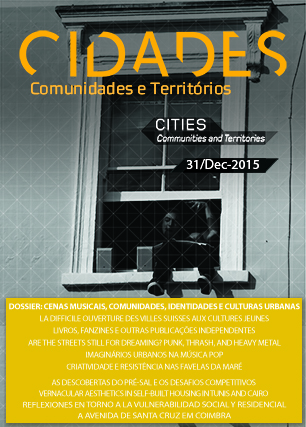The Sta. Cruz Avenue in Coimbra: between modernity and nostalgia
Keywords:
Planos Gerais de Urbanização, Coimbra, Estado Novo, Etienne de GröerAbstract
In 1944, Etienne de Groër (1882-?) designed the Urban Plan for Coimbra, within the framework of Planos Gerais de Urbanização (General Urbanization Plans), which was a program created by Duarte Pacheco in 1934 aiming at redesigning the Portuguese urban environment. The aim of this article is to evaluate how this plan validated the opposition between traditionalism and the openness to a new era through the new Avenida de Santa Cruz (Santa Cruz Avenue) - those hesitations characterized many options of Estado Novo (the name Portuguese dictatorial regime gave itself ) in many aspects of Portuguese life. Specifically, the purpose of this article is to find clues that refute the hypothesis which points out Etienne Groër as examplary in the context of a model city fully aligned with the Government ambitions, within the framework of General Urbanization Plans. In this regard, Avenida de Santa Cruz is a metaphor of the reality which overcomes the avenue itself, since it could assume a significant role on configuration of the urban image in accordance to Estado Novo ideas and also in the understanding of the city space based on car movement. Avenida de Santa Cruz provides, therefore, clues showing that the city of that period is also marked by the ever-present struggle between the more conservative views of the regime and those who aspired to a more modernized society. Within the same context, Avenida de Santa Cruz also gives arguments to deny that Etienne Groër was totally tuned with Estado Novo, as regards urban planning
Downloads
Published
Issue
Section
License
Cidades, Comunidades e Territórios by DINÂMIA'CET-IUL is licensed under a Creative Commons Atribuição-Uso Não-Comercial-Proibição de realização de Obras Derivadas 4.0 Unported License.Permissions beyond the scope of this license may be available at mailto:cidades.dinamiacet@iscte.pt.






